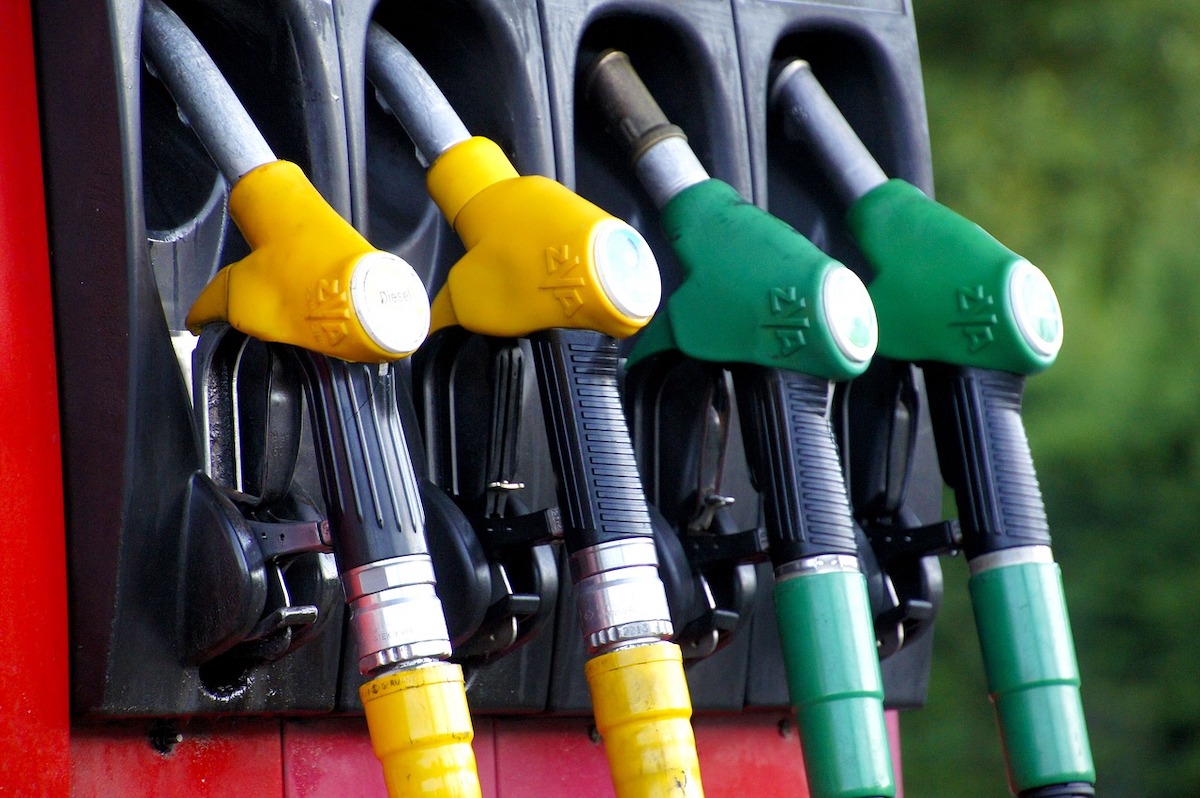
Griffith University researchers have found evidence of price leaders influencing the pattern of fuel prices in Greater Brisbane and Gold Coast in the latest update on the Queensland Fuel Price Reporting Scheme (QFRS).
Lead author Associate Professor Parvinder Kler from Griffith Business School says the latest data allowed the team to pinpoint the beginning of fuel price cycles based on a handful of operators.
"One of the benefits for SEQ motorists is that other petrol stations won't necessarily react immediately, giving consumers time to save at the bowser if they're using fuel price apps powered by Queensland Fuel Price Reporting data during a rising price cycle."
According to the report, price cycles lasted 27 days on average after fuel prices begin to rise.
"There tended to be only three or four retailers kickstarting the fuel price cycle. This doesn't mean all of a brand's retailers behaved the same way, rather we found it was particular bowser locations that would go first.
"There are many different owners of brand franchises, so we concentrated on business owners of the servos and the same three or four were consistently the first to increase their prices and the rest would eventually follow."
Associate Professor Kler says the real time price tracking data suggests Queensland's Fuel Watch Scheme produces different price cycles to Western Australia which requires retailers to lodge prices the day before.
"This leads to more predictable price fluctuations they tend to go up one day and come down another day in the week.
"In Queensland, particularly in the Greater Brisbane and Gold Coast areas we don't see that, retailers can change their price at any time, which makes it complicated.
"Whenever these few petrol stations decide to hike or lower their prices, it sets the price point for everyone else and a cycle begins. But we don't see this play out in regional areas."
The 18-month milestone report estimates the scheme has saved consumers using unleaded fuel products about $8 million in Brisbane and about $9.8 million in Southeast Queensland per year. Brisbane motorists filling up at the minimum price could save about $147 per year while Gold Coast and Ipswich residents could save $129 and $144 respectively at the pump.
Griffith University has been engaged by the Queensland Government to provide an expert independent assessment of the QFRS and will deliver a final report in 2021.






